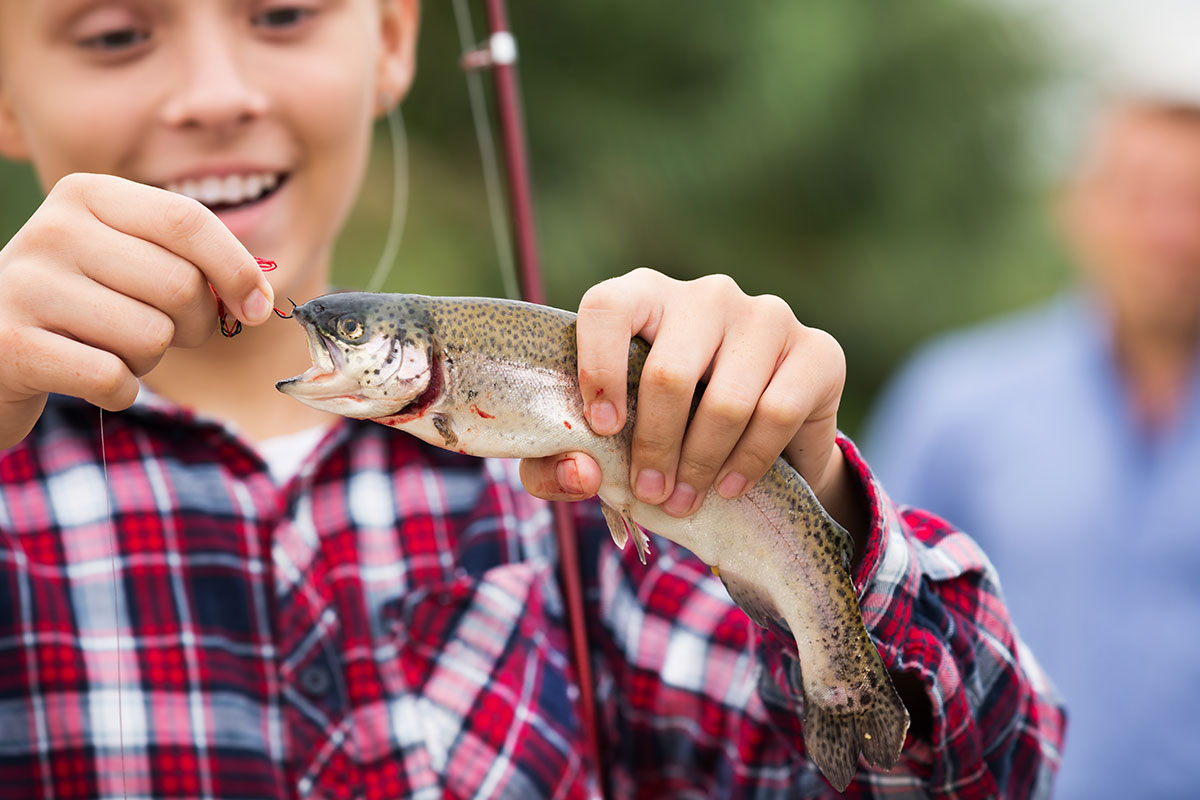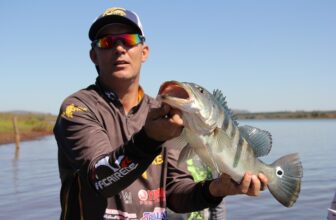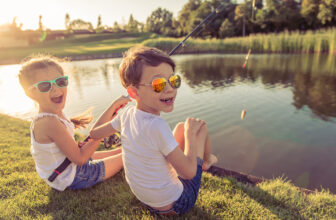
As a former camp counselor, I understand the excitement and joy that comes with spending time in nature and engaging in activities like fishing. Youth fishing camps offer a unique opportunity for children to learn about the environment, develop new skills, and create lasting memories. However, it is important to prioritize safety measures in these camps to ensure that campers have a positive and safe experience. In this article, I will discuss the importance of safety measures in youth fishing camps, common safety hazards, necessary safety equipment and supplies, safety training for staff and campers, best practices for ensuring safety, legal considerations, and the impact of prioritizing safety.
Introduction to Youth Fishing Camps
Youth fishing camps are designed to provide children with a fun and educational experience in a natural setting. These camps typically offer activities such as fishing, hiking, and nature walks. Children are able to learn about the environment and develop new skills while having fun and making new friends.
While youth fishing camps provide an excellent opportunity for children, it is important to prioritize safety measures to ensure that everyone has a positive and safe experience. Safety should be the number one priority in any youth fishing camp, and it is important to take steps to prevent accidents and injuries.
The Importance of Safety Measures in Youth Fishing Camps
Safety measures are crucial in youth fishing camps to prevent accidents and injuries. Children are often excited and may not realize the dangers that come with fishing and spending time in nature. It is important to educate campers on safety measures and ensure that they are followed at all times.
In addition to preventing accidents and injuries, prioritizing safety measures in youth fishing camps can also ensure that campers have a positive experience. When campers feel safe, they are able to relax and enjoy the activities, which can lead to increased confidence and self-esteem.
Common Safety Hazards in Youth Fishing Camps
There are several common safety hazards in youth fishing camps that must be addressed to ensure the safety of campers. One of the most common hazards is drowning, which can occur while fishing near bodies of water. It is important to ensure that campers are supervised at all times while near bodies of water and that they wear life jackets when fishing.
Another common safety hazard in youth fishing camps is sun exposure. Spending time outdoors can lead to sunburn and heat exhaustion, which can be dangerous if not addressed. Campers should be reminded to wear sunscreen and hats to protect themselves from the sun and to drink plenty of water to stay hydrated.
Other safety hazards in youth fishing camps include insect bites, falls, and trips. It is important to address these hazards by providing insect repellent, ensuring that walking paths are clear and free from obstacles, and providing adequate lighting at night.
Safety Equipment and Supplies Needed in Youth Fishing Camps
To ensure the safety of campers, it is important to have the necessary safety equipment and supplies on hand. Life jackets should be provided and worn at all times while fishing near bodies of water. Sunscreen, hats, and water bottles should also be provided to protect campers from the sun and to keep them hydrated.
Insect repellent should be provided to prevent insect bites, and first aid kits should be readily available in case of accidents or injuries. It is also important to have emergency equipment on hand, such as a first aid kit, a whistle, and a cell phone or radio for communication.
Safety Training for Camp Staff and Campers
Safety training is essential for both camp staff and campers. Camp staff should be trained in first aid and CPR and should be familiar with the safety equipment and supplies available in the camp. They should also be trained in emergency procedures in case of accidents or injuries.
Campers should be trained on safety measures and should be reminded of them regularly throughout the camp. They should be taught how to properly wear a life jacket, how to protect themselves from the sun, and how to prevent insect bites. They should also be taught how to identify potential hazards and how to avoid them.
Best Practices for Ensuring Safety in Youth Fishing Camps
There are several best practices for ensuring safety in youth fishing camps. One of the most important practices is to have a designated safety officer who is responsible for ensuring that safety measures are followed at all times. This person should be trained in first aid and CPR and should have access to emergency equipment.
Another best practice is to conduct regular safety inspections to identify potential hazards and address them before accidents or injuries occur. Camp staff should also be trained to identify potential hazards and report them to the safety officer.
It is also important to have clear communication with campers and their parents regarding safety measures. Parents should be informed of the safety measures in place and should be encouraged to discuss them with their children before the camp.
Legal Considerations for Youth Fishing Camps
When planning a youth fishing camp, it is important to consider legal considerations to ensure that the camp is operating within the law. Camp organizers should be familiar with local laws and regulations regarding youth camps and should obtain any necessary permits or licenses.
In addition, camp organizers should have liability insurance to protect themselves from any accidents or injuries that may occur during the camp. They should also have a clear policy for handling accidents or injuries and should communicate this policy to campers and their parents. When youth are involved especially, you have to take the proper precautions, the right training and the right legal protection to cover all your bases.
The Impact of Prioritizing Safety in Youth Fishing Camps
Prioritizing safety in youth fishing camps can have a significant impact on the overall experience of campers. When campers feel safe, they are able to relax and enjoy the activities, which can lead to increased confidence and self-esteem.
In addition, prioritizing safety can help prevent accidents and injuries, which can be costly for the camp and damaging to the reputation of the organizers. Prioritizing safety can also help prevent legal issues and ensure that the camp is operating within the law.
Conclusion
Youth fishing camps provide an excellent opportunity for children to learn about the environment and develop new skills. However, it is important to prioritize safety measures in these camps to ensure that campers have a positive and safe experience. Safety should be the number one priority in any youth fishing camp, and it is important to take steps to prevent accidents and injuries. By following the best practices outlined in this article, camp organizers can ensure that campers have a safe and enjoyable experience.
Looking for fishing camps near you? Browse our fishing camp directory now!






